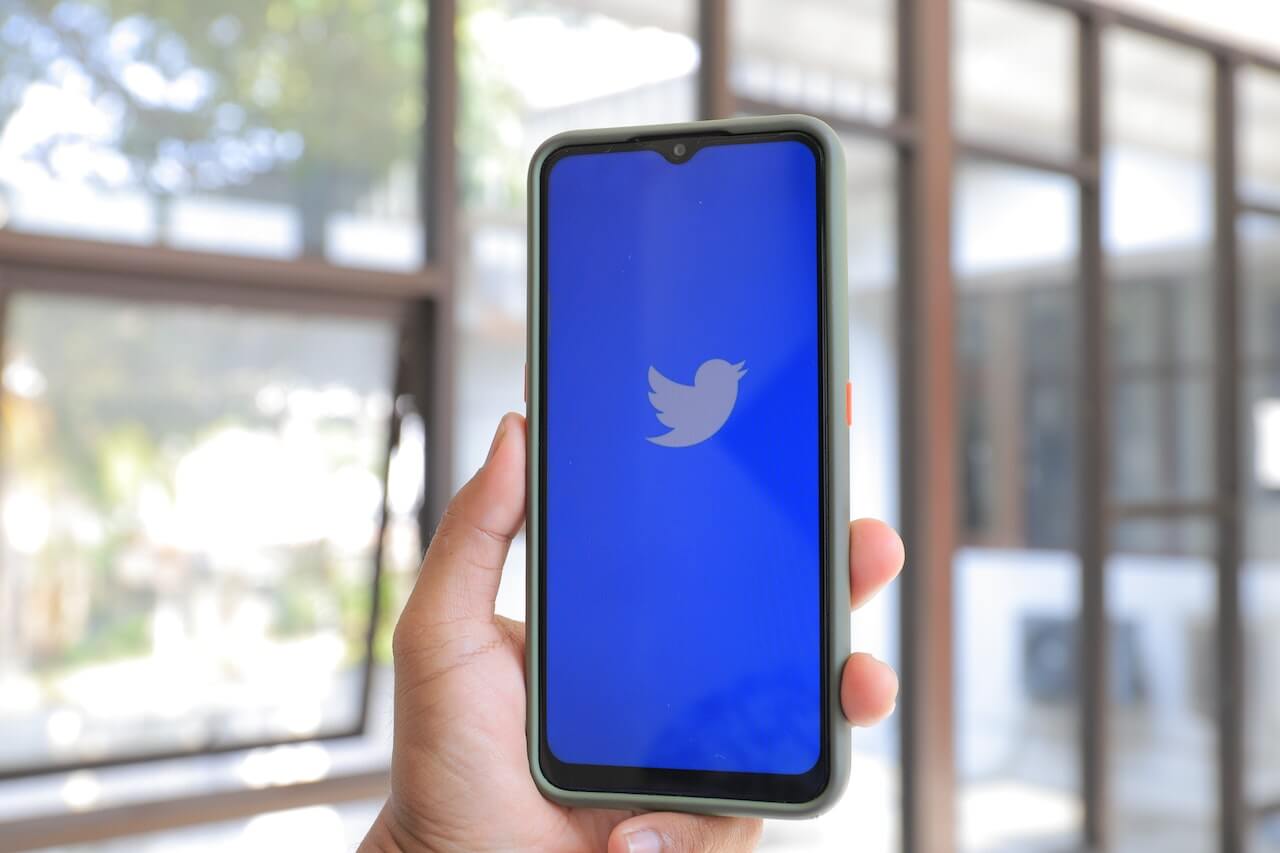Twitter continues to prove its worth as a crisis management tool, often surpassing traditional media sources because of its flexible and easily accessible nature. In a recent blog post, Jessica Ziegler, social media strategist and Vestor Logic’s Director of Social Web Design, described how Twitter took the lead during last week’s Colorado wildfires:
From where I sat it took a while to get any of that information. The TV station websites were on it pretty quickly, but it was bare bones info, a few sentences. The newspaper sites had nothing until much later.
Enter Twitter. Immediately the hashtag #boulderfire was pumping out up-to-the-minute information and photos. The Twitter community in Boulder immediately rallied and began putting residents in contact with people who could help. They kept the information flowing in a constant stream.
By the next day local businesses began using Twitter to offer goods and services to residents displaced by the fire: offers of meals, places to temporarily house pets, hotel rooms. Soon messages of encouragement and thanks to the local firefighters and police began appearing.
Examples like this can be found with nearly every crisis and disaster these days. Whether the incident is local or worldwide, someone has started a hashtag and volumes of information, first hand reports and images are being distributed via Twitter long before traditional media can get on the story.
——————————-
For more resources, see the Free Management Library topic: Crisis Management
——————————-
[Jonathan Bernstein is president of Bernstein Crisis Management, Inc. , an international crisis management consultancy, and author of Keeping the Wolves at Bay – Media Training.]
 Sections of this topic
Sections of this topic















